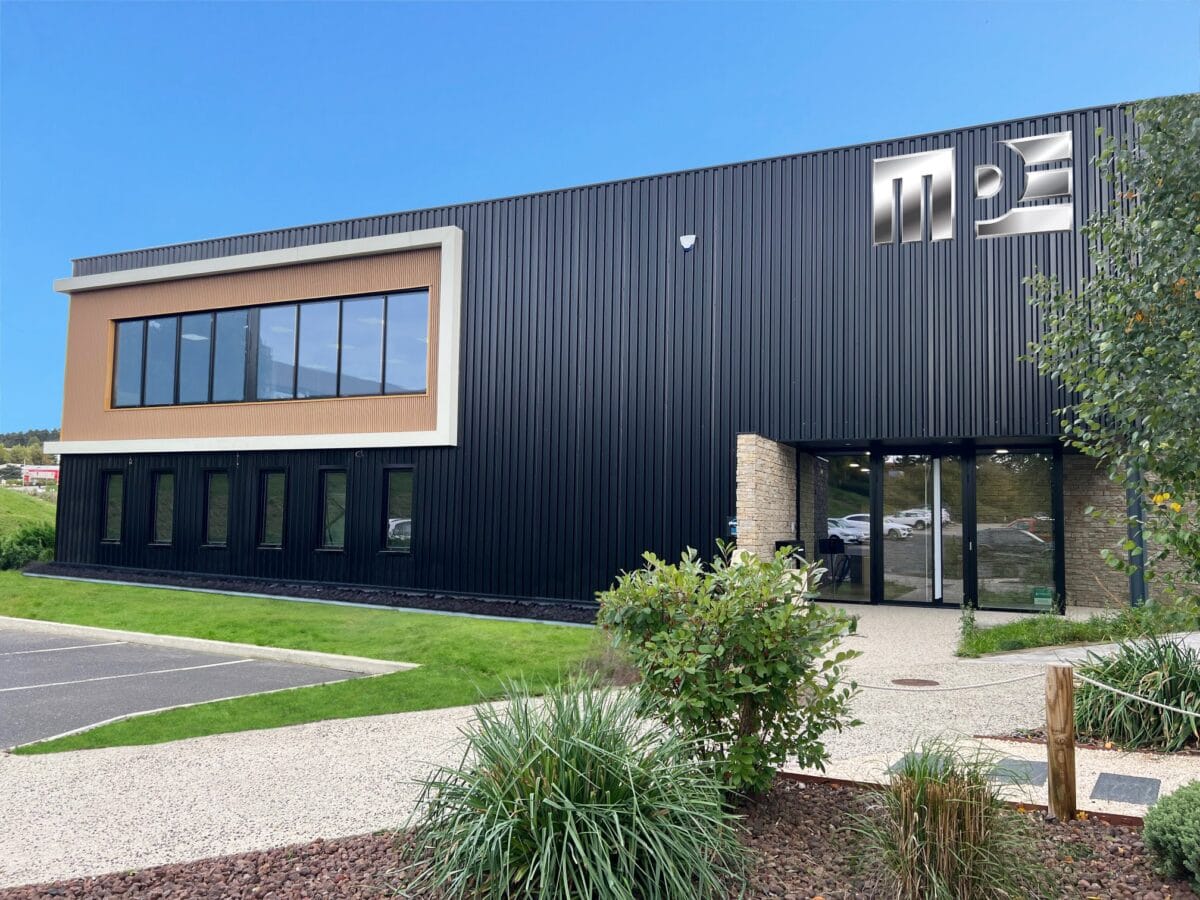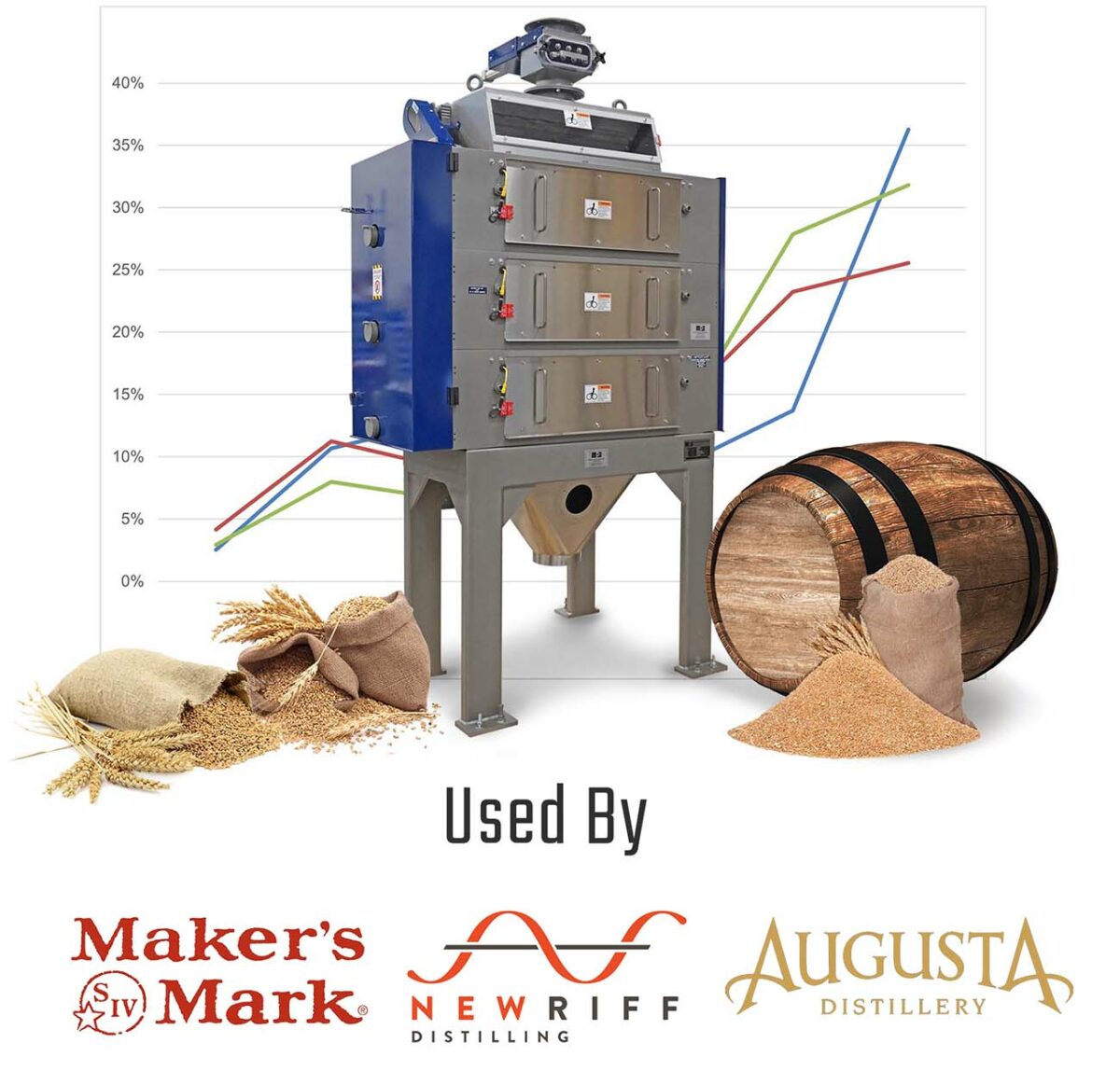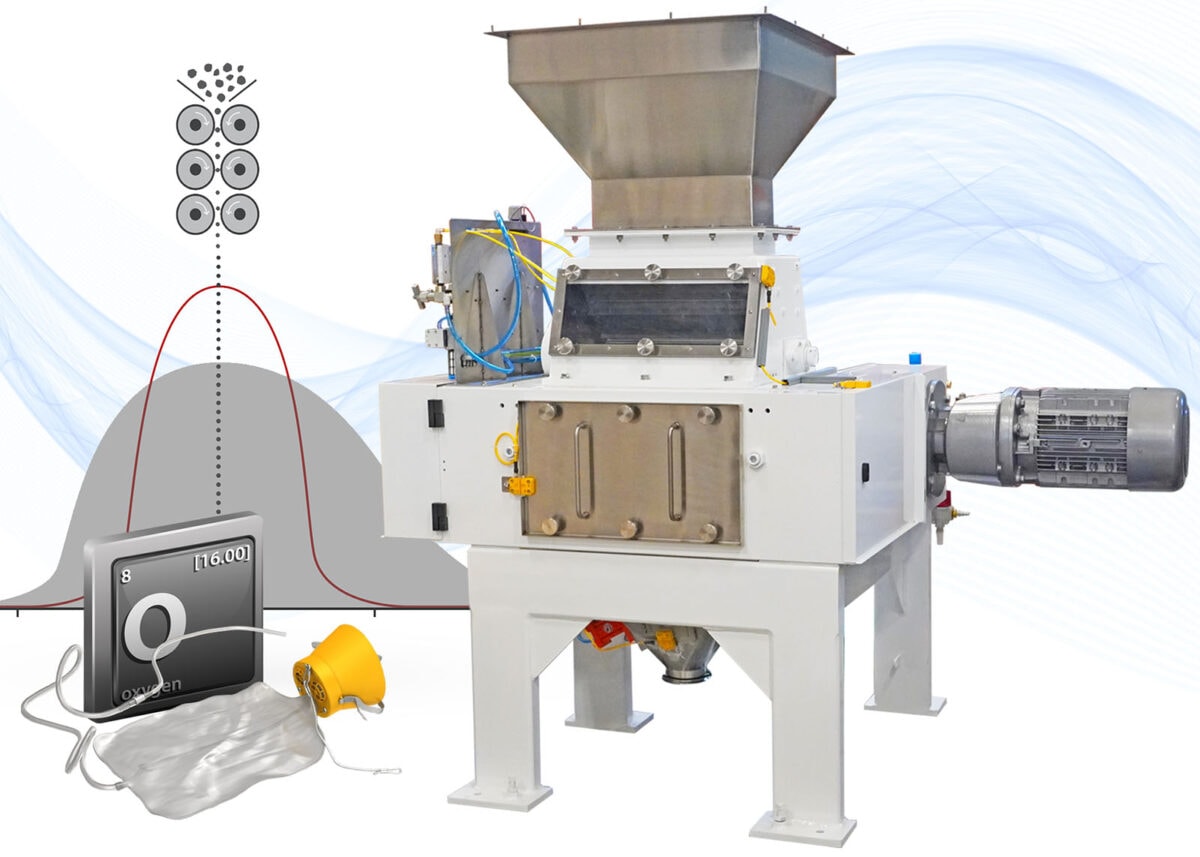As market demand for precision particles grows, two particle reduction solutions are proving they can yield higher process efficiencies, use less energy, and improve product characteristics. Let’s examine their benefits.
Conserve energy. Improve efficiencies. Lower production costs. Produce less waste. The list goes on. As energy and raw material costs have risen and had an impact on the production costs of most products, consumers, businesses, and engineers have become more conscientious about consuming resources. Fortunately, in the dry process industry, there are two new size reduction (grinding) technologies that can meet these challenges. One is granulizer reduction technology for granular, friable materials. The other is fractionizer reduction technology for thin, leafy materials. Both technologies drive efficiencies because they maximize particle size uniformity and use less energy.
#1: Maximize Particle Size Uniformity
If grind size is important, get it right the first time. Size the product correctly the first time through the grinding process. Do not overly rely on classification systems to remove off-spec material. Poor product yields complicate the production process and waste energy because off-spec materials must be thrown away, reprocessed, or used in secondary markets. In all cases, money is lost and energy is wasted. Consider, for instance, polyester and acrylic grinding for the solid surface manufacturing industry. Manufacturers typically demand various particle size distributions ranging from 4 x 12, 12 x 30, 30 x 60, and 60 x 100 mesh sizes. In each case, maximizing product yields and minimizing “fines” (or dust) is extremely important. The granulizer method allows users to accurately target all sizes individually. Also, it reduces the generation of fines by up to 75 percent when compared to attrition and hammer mill grinding methods. Since there is no market for fines, the yield savings transfers straight to the bottom line.
#2: Use Less Energy
The granulizer and fractionizer methods consume 25 to 40 percent less energy than hammer mill and other high-speed impact grinding methods. Rather than rely on high-speed impact and velocity to explode or cut materials until they fall through a perforated screen, the granulizer and fractionizer methods rely on controlled fracturing and slicing of materials as they pass through the machine. The result is less energy usage, less heat introduced into the product, and increased particle size control.
Application Notes
In general, two factors must be present to achieve maximum benefit from granulizer and fractionizer grinding methods. One is the product should be somewhat friable or fragile and breakable. The other is value can be gained from maintaining a uniform particle size with minimal fines. If both conditions are met, then these grinding methods will provide superior particle reduction results over any other milling method, particularly in those applications where the desired average particle size range is between 100 and 1,500 microns.
Granulizer Technology
Granulizer technology uses roller mill technology and adheres to three core principles in order to maintain excellent size distribution. First, the rollers that are used are not typically smooth. They are, in fact, custom corrugated or grooved to suit each specific application. There are literally thousands of different corrugations that might be applied to a given roll. By performing real-world environment lab tests, the best configuration for a given application can be determined. Rolls can be grooved with corrugations that run either along the length of the roll or around the roll’s circumference. Flutes within each corrugation can vary both in terms of shape as well as size. For example, some products require eight flutes per inch while others use 30 flutes, depending on variables such as material hardness and specified size.
The second important differentiating variable is relative roll speed ratio or differential roll speed. Running the rolls at the ideal relative speed as the material passes through them will achieve the desired shearing effect. For example, if one roll rotates at 500 RPM and the other at 1,000 RPM, the relative roll speed is defined at 2:1 (1,000 / 500). The relative roll speed ratio is proportional to the amount of shear placed upon a particle passing through the “nip” point of a roller. The higher the shear, the more tearing the crushed particle receives. Depending on the material properties and roll cuts being utilized, this relationship has a definite impact on the particle size distribution.
And finally, third, the operator has the ability to control the product size by widening or narrowing the gap between the rolls. The roll gaps can be adjusted on the fly to alter particle size distribution in seconds, eliminating the need to shut down a continuous process and allowing fast changeover times between various grind settings. The most critical element of this fine-tuning capability is the need to keep the rolls parallel. Perfectly parallel rolls are a cornerstone of this roller mill technology.
Fractionizer Technology
Similar to the granulizer process, the fractionizer also uses parallel rolls to grind products. However, the fractionizer rolls actually engage with one another cutting, slicing, and tearing the feed material into smaller shreds or pieces as it passes through the rolls. In addition to the three variables discussed in the granulizer section above, the fractionizer process takes into account one additional roll design principle — the ring and channel width.
The roll ring and channel width determine the width of the shredded particles. High tolerances are maintained between each mating ring and channel, thereby cutting the material to a precise width as it passes through the rolls. The average shred length is determined by the tooth or notch profile size, shape, and dwell distance (peak to peak). In most applications, the fractionizer rolls are designed to provide a shred length from 1 to 10 times the width dimension.



